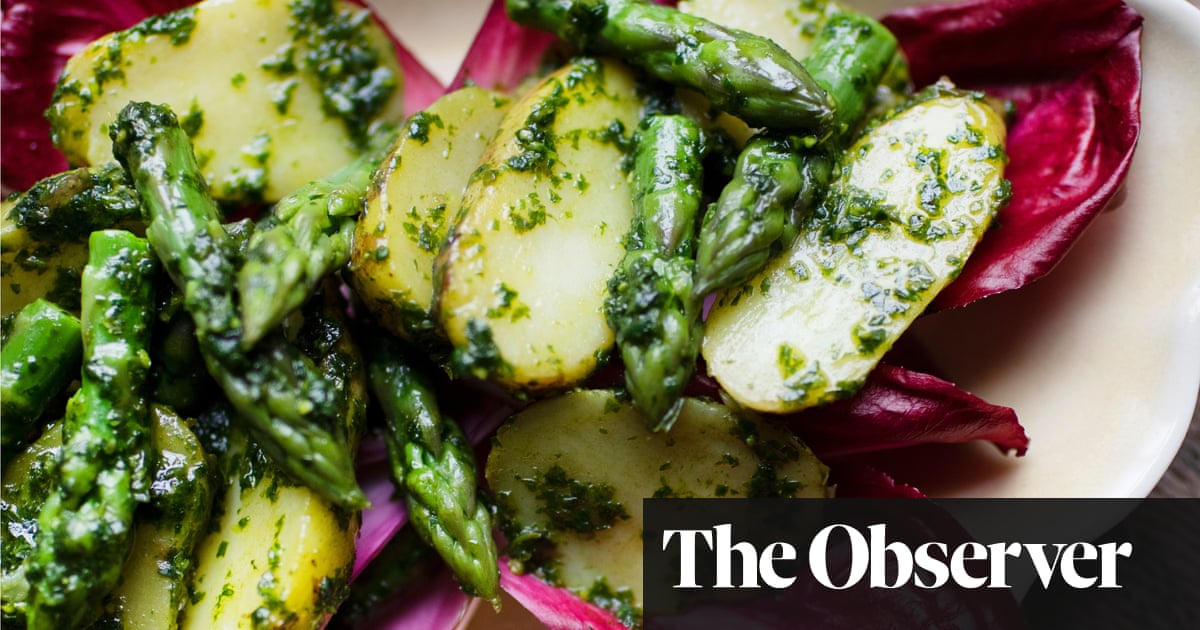
Oh! pleasant exercise of hope and joy! For mighty were the auxiliars which then stood upon our side, we who were strong in love. Bliss was it in that dawn to be alive. But to be on Fulham Road, wreathed in canisters of blue smoke, holding a home-made banner reading FANS NOT CUSTOMERS, was very heaven.
Yes: who can forget the famous European Super League protests of April 2021? They were a vibe, weren’t they? Peace and love and Florentino Pérez memes. Prince William ferrying cups of tea and bottled water out to the picket line. Gary Neville, hair wreathed in daisy chains, serenading the masses with a rendition of Big Yellow Taxi. Rival fans linking arms and bonding over the German 50+1 model. How strong we were. How right we were. How we showed them.
Four months after they gathered in fury at the gates of Old Trafford, Manchester United fans were at Molineux raising a life-sized cardboard cutout of Cristiano Ronaldo, serenading their new superstar signing. There were similarly festal scenes at the Etihad Stadium, where the “SACK THE BOARD” placards from the Carabao Cup final had been replaced by a burgeoning catalogue of Jack Grealish songs. At Anfield, Chelsea fans who in April had denounced Roman Abramovich and the board with cries of “you greedy bastards, you’ve ruined our club” were now singing about their new £97.5m striker Romelu Lukaku.
And, you know, why not? Fans aren’t politicians or pundits or activists; like everyone else, they just want to be happy and enjoy nice things. Transfer culture, the lust and baying for expensive new signings, is often rather sniffily derided as a tawdry distraction from the real essence of football. In fact, the thirst for renewal and growth – the fresh August promise of new faces and new stories, new beginnings and new hope – is a basic and indivisible part of fandom at all levels.
Even so it’s vaguely amusing to recall now, in the febrile last weeks of the 2020-21 season, that many Premier League owners were extremely uneasy about the return of fans to stadiums, given the toxic fallout of the Super League breakaway. What would happen when restrictions were finally lifted and the gates were thrown open? Full-scale insurrection in the stands? Riots? Pitch invasions? Boycotts?
Instead the spirit of insurgency, dissent and co-operation that so electrifyingly gripped English football in April appears to have dissipated in the space of one spectacular transfer window. A planned protest by Arsenal fans against the Kroenke ownership last weekend attracted barely a few dozen fans. Liverpool fans seem at present most exercised by their owners’ lack of proactivity in the transfer market. Meanwhile the Tottenham chairman, Daniel Levy, is being hailed as some sort of strategic genius for outwitting Charlie Kane, the football-agent equivalent of the first question on Who Wants To Be A Millionaire.
Clearly the underlying discontent is still there, in varying degrees. The brazenness and disdain of the Super League breakaway may not have been forgiven. But for the moment it has certainly been forgotten. The natural hypothesis is that owners have simply bought off the loyalty and quiescence of their fans with flowers, chocolates and attacking midfielders. The truth is probably a little more complex, and stems from the fact that the Super League protests were often inflected with other long-standing grievances: a historical lack of infrastructure investment at Manchester United, poor performances on the pitch at Arsenal, poor strategic decisions at Tottenham, a general sensation of aloofness and disconnect at Liverpool. Fans of Chelsea and Manchester City, by contrast, have been largely happy with their owners, which is probably why their anger subsided quickest.
New signings may address these issues to some extent. But importantly, they offer at least the illusion of renewal, of appeasement, of listening. In the meantime, they create one hell of a distraction: not just swallowing up column inches and airtime but stirring debate and division, shifting the conversation on to more familiar, less threatening ground.
And so the real point here isn’t about the caprice or hypocrisy of fans but the sheer impossibility of sustaining any sort of concerted opposition to a power that is in many respects impregnable, that holds all the cards, that is able to set its own irresistible agenda. Disgruntled citizens can vote out a government. Oppressed employees can go on strike and bring their company to a halt. What can individual fans, voiceless and unorganised and so evidently inessential to the basic functioning of the product, realistically achieve?
The Super League was in many ways an easy target: a distinct and urgent enemy that everybody could understand, a clear threat with a terrible website. But what if the thing you’re protesting against isn’t a league or an individual but a structure, a system, one in which we are all somehow implicated? It turns out we could all agree on what we didn’t want. What do we want instead?
On TalkSport a couple of weeks ago, the former Crystal Palace owner Simon Jordan offered a telling insight. “I think some of these United fans are a little bit whiny,” he said. “They don’t want the Glazers there. Well, too bad. They spent £110m this year. It would appear to me they’re backing the football club.”
This, perhaps, is the fullest expression of how football’s ownership class sees its customers: a powerless irritant, an infantile racket. They’re betting that fans’ thirst for new signings and new content, for silverware and tribal conflict, will outstrip its thirst for change. Will anyone – can anyone – prove them wrong?












